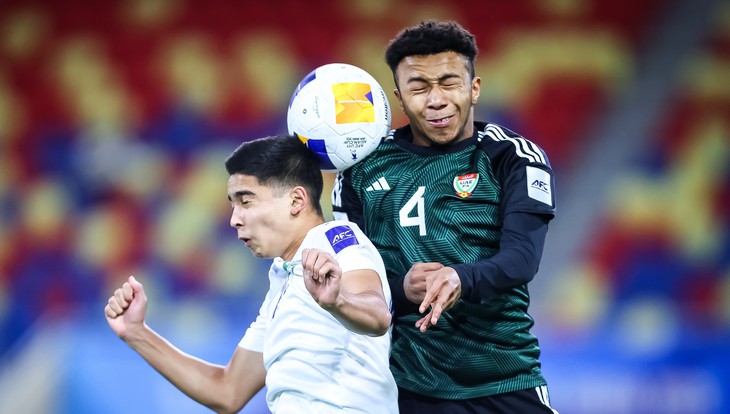
Youth football tournaments always see many players born in the first 3 months of the year - Photo: AFC
Sports scientists have long coined the term Relative Age Effect (RAE).
This is a common phenomenon in football and sports in general. It describes the bias in opportunities and achievements between athletes with different birth dates within the same competing age group.
In most football training systems, youth players are divided by calendar year of birth (from January 1 to December 31). A player born in January can be almost a year older than someone born in December, even if they are in the same age group.
In young children, a 1-year age difference makes a big difference in physical fitness, height, strength, and motor skills.
It is understandable that coaches of youth teams often tend to choose athletes born in January, February, and March to gain certain advantages.
For example, out of a total of 368 players participating in the 2025 AFC U17 Championship, a total of 68 players were born in January. The corresponding number for February is 59, and for March is 69.
That means there are 196 players participating in the 2025 U17 Asia born in the first 3 months of the year, accounting for 53% of the total number of players participating in the tournament.
At the World Cup and national team level, this bias is less pronounced, but still significant. For example, at the 2022 World Cup, there were 97 players born in January but only 59 players born in December.
A FIFA study found that in U17 World Cup teams, nearly 60% of players were born in the first quarter.
Even in European football, which is praised for its civility, this trend is evident. Statistics show that in current European U17 teams, the group of players born in the first 3 months of the year is 4 times larger than the group born in the last 3 months of the year.
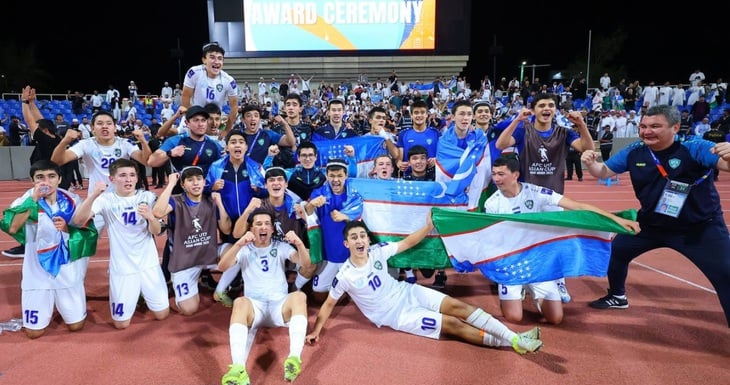
10/23 U17 Uzbekistan players were born in the first 3 months of the year - Photo: AFC
This trend has long been criticized by experts, because it can lead to a waste of talent, when youth team coaches focus on selecting players who are older in age to take advantage of their physical and strength advantages...
For example, Mac Allister, the talented midfielder of the current Argentina national team, has never played for the U17, U18 and U20 Argentina teams because he was born in December. Dybala, another Argentine star born in December, suffers a similar fate.
On the contrary, Di Maria - who was born in February - has a high number of appearances for Argentina's U20 and U23 teams.
Of course, in the long run, players born in the last 3 months of the year can still patiently overcome prejudice in the youth team to shine in the first team. But some young players still have wasted talent.
Source: https://tuoitre.vn/vi-sao-phan-nua-ngoi-sao-bong-da-sinh-vao-thang-1-2-3-20250421110406308.htm




![[Photo] Top players gather at the 2025 Nhan Dan Newspaper National Table Tennis Championship](https://vphoto.vietnam.vn/thumb/1200x675/vietnam/resource/IMAGE/2025/5/23/9ad5f6f4faf146b08335e5c446edb107)



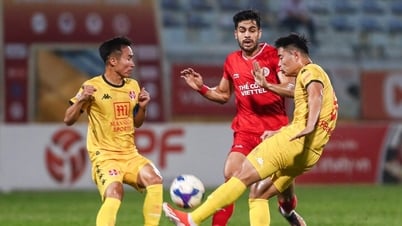







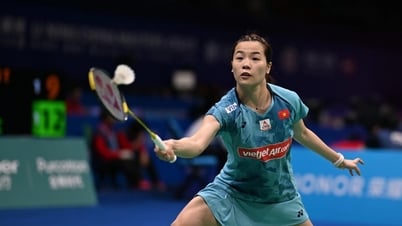










![[Photo] Anh Hoang - Dinh Duc successfully defended the men's doubles championship of the National Table Tennis Championship of Nhan Dan Newspaper](https://vphoto.vietnam.vn/thumb/1200x675/vietnam/resource/IMAGE/2025/5/23/d6ab3bcac02c49928b38c729d795cac6)


















































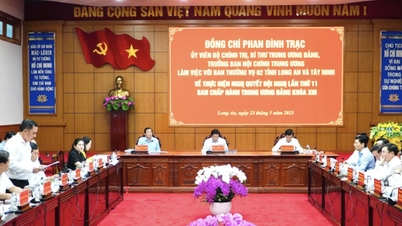















Comment (0)